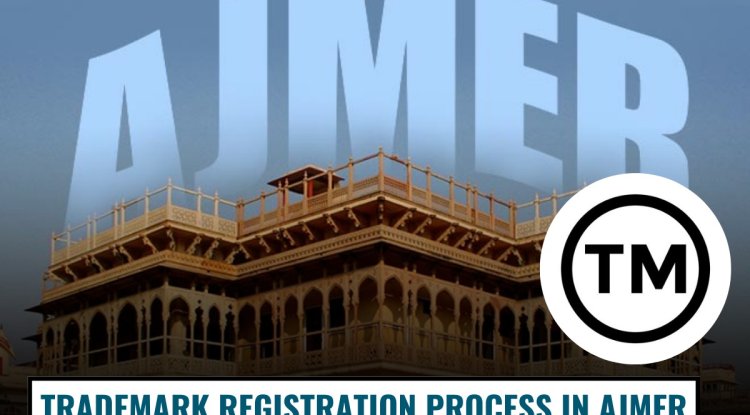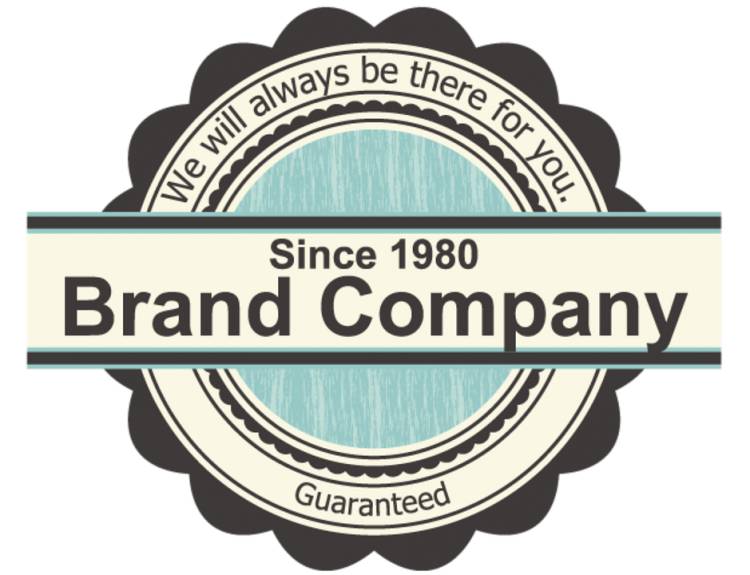THE CASE STUDY OF FLIPKART
Flipkart is a Singapore-based e-commerce firm. It was founded by former employees of Amazon.com, Sachin and Binni Bansal, in 2007. Flipkart is one of the most popular websites in India. Legally, since it is listed in Singapore, Flipkart is not an Indian entity and most of its shareholders are international. Flipkart sells products in India through a WS Retail company, because foreign companies are not permitted to do multi-brand e-resale in India. Sellers or companies of other third parties can also sell goods through the Flipkart platform.

Flipkart is a Singapore-based e-commerce firm. It was founded by former employees of Amazon.com, Sachin and Binni Bansal, in 2007. Flipkart is one of the most popular websites in India. Legally, since it is listed in Singapore, Flipkart is not an Indian entity and most of its shareholders are international. Flipkart sells products in India through a WS Retail company, because foreign companies are not permitted to do multi-brand e-resale in India. Sellers or companies of other third parties can also sell goods through the Flipkart platform. More than 15000 people are now working by Flipkart. Flipkart first sold books in 2008 but soon became wide-spread and began selling items such as electronics, clothes, decors, appliances, beauty and fashion products etc. Thanks to the strong network in India, Flipkart has achieved a high place in India as well as an effective customer relationship management.
Like all other start-ups, the company faced many obstacles. The business had two key issues with the distribution to all areas including cities and villages and ensuring that customers receive user-friendly payment gates. To resolve these and to make every obstacle a chance, Flipkart expects, with the help of an Initial Public Offering annotated in the New York Börse, to increase funding by a minimum of $5 billion by the middle of 2016.
The thrill and satisfaction of creating something of long-lasting value are sufficiently addictive to keep it going. They began with flipkart.com because they thought that a good online book shop was important. One of the hardest to get into in India is the e-commerce market. You think here you can make a difference. They tried to make something of which we can be proud that has a lasting meaning
WANT TO START A BUSINESS BUT DON'T KNOW HOW TO? CLICK ON THIS VIDEO -
Business Model
Flipkart began as a website for book sales but eventually became a full online shopping site. It began with a stock-based model, but in 2013 it moved into a marketplace model that is even how Amazon.com functions. For any sale on its website, Flipkart charges a 5-10% fee. Luxury products such as electronics pay greater prices than generic items. The commission is more costly. In order for Flipkart to have more vendors, it has continuously sought to reduce the percentage of commission paid to its suppliers. It has also partnered with brands such as Xiaomi which use their products on such sites as a strategy. Flipkart also charges third-party sellers where the product specific to that category or particular brand is among the first searches that are seen when a customer looks for a certain form of the product. That is a new way for businesses to sell their goods. Additional sales for the business are a listing charge, as is the normal customer's convenience fee, which involves packaging the product as a gift or even a fee for quick delivery. Another way to receive Flipkart revenues is through payment gates. In general, the transaction charges vary depending on how payment is made. For example, the charges are lower when paying through debit card and net banking (around 0.75 per cent -1.00 per cent of the transaction amount). Similarly, both credit cards and American Express cards are paying for percentages. Thus, the company collects the transaction profits, based on which form the consumer prefers to make a purchase.
WANT TO GROW YOUR BUSINESS 10X FASTER, CLICK ON THIS VIDEO -
Exclusive product launches
Motorola Mobility: on 5 February 2014 Motorola Mobility, formerly owned and then sold to Lenovo, successfully launched its budget Moto G mobile phone in India with a special partnership to Flipkart. Motorola's Moto began selling Flipkart. On 19 March 2014, X Android Mobile. On 13 May 2014, Flipkart started selling the cheaper Moto E.
Xiaomi Tech: Xiaomi Tech has successfully launched the sale of the high-end Xiaomi Mi3 smartphone in India, on an exclusive link with Flipkart. Multiple launches were successful in the following. On 2 September 201 40,000 units were released in India in July 2014 by Flipkart to flash out the Xiaomi Redmi 1S budget Android smartphone. Subsequent sales were sold as fast. In India Xiaomi also exclusively sold their Redmi Note phone through Flipkart. Sold 50,000 units on 2 December 2014 in 6 seconds.
Micromax Yu Yunique: On 27 July 2017, at a price point of Rs.5 999 Web-based to App-Based Moving from web model to an app-based model could be taken after plenty of brainstorming in any organization, Flipkart launched the exclusive sales of Yu Yunique 2, a subsidiary of the mobile Micromax Informatics chain. There are two sides to each coin. Both benefits and disadvantages were accomplished by using a fully app-based model. Myntra, which Flipkart has purchased, has turned its operating model into an application focused on its own. It enabled Myntra to save marketing costs because no notification of application was needed. It was also shown to be more loyal and beneficial to the company for app customers. A model based on an app also provided personalization, enhanced user interface, superior customer service, the ability to quickly link to rich customer data, anywhere, etc. Flipkart chose to go ahead with a web-based and app model after the acquisition. Flipkart released a mobile web application in March 2016 that is extremely lightweight and gives all its clients an app-like experience. The app Flipkart Lite has been named by Flipkart. This software has been configured to be lighter than most telephone apps and does not require dedicated storage for customers who did not wish to install it on their phones. According to a market study of consumer preference on e-commerce sites, 80% of consumers wanted an e-commerce website, but only 20% could use it. Flipkart realized that only a really consumer-friendly decision was for an app-based model. In addition, only on an app-based basis will the options that its customers would have to shop online will be stripped away.
Flipkart has also set up "pick up shops" in different cities, giving customers the ease of taking orders. Flipkart planned to expand the number of stores in the world, making them fully equipped experiential areas, where customers could gain the product experience by trying the product, seek modifications and enjoy product shows.
The Flipkart case study took several turns and Nautica stores in India were approved and operated by a start-up and US-based Authentic Brands in 2019. The business has also invested $4 million in an EasyRewardz incentive program to boost customer participation. Flipkart video, which is a direct confrontation to Amazon Prime video, was also released in 2019. The initial content comes from the sites for streaming such as Voot, TVF and Viu. Similar to Zomato, originals as Flipkart Video Originals have also begun to download.
Following the Coronavirus pandemic outbreak, major e-retailers such as Flipkart and Amazon ceased operations and services on 25 March 2020. Later on, in the middle of COVID-19 national lock-down, Flipkart collaborated with Uber India to supply critical daily goods in suburbs like Mumbai, Delhi and Bengaluru. This relationship has made it possible to remain home to hundreds of thousands of India and help to break the chain.
BY- RAKSHA SINGHAL












